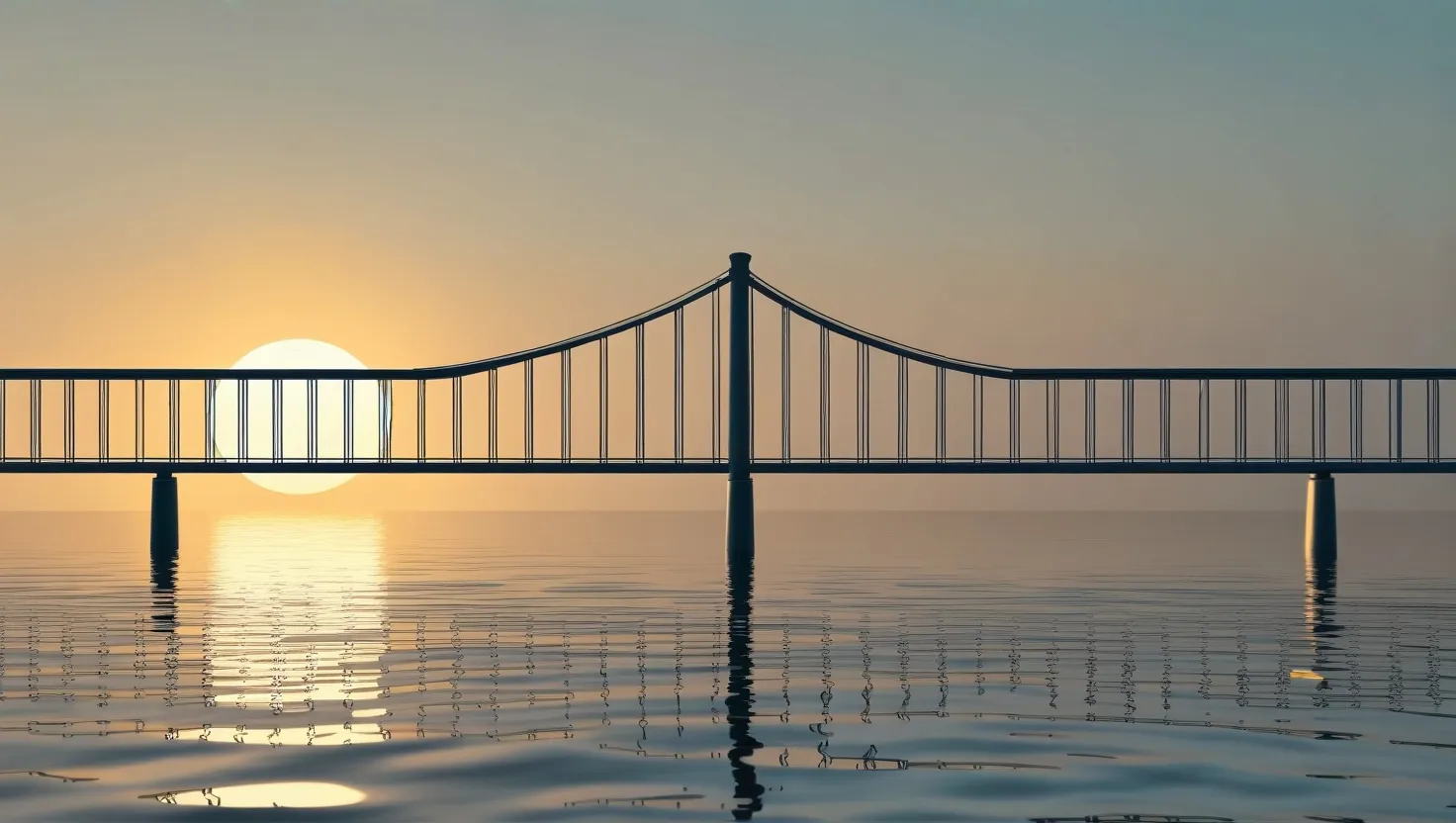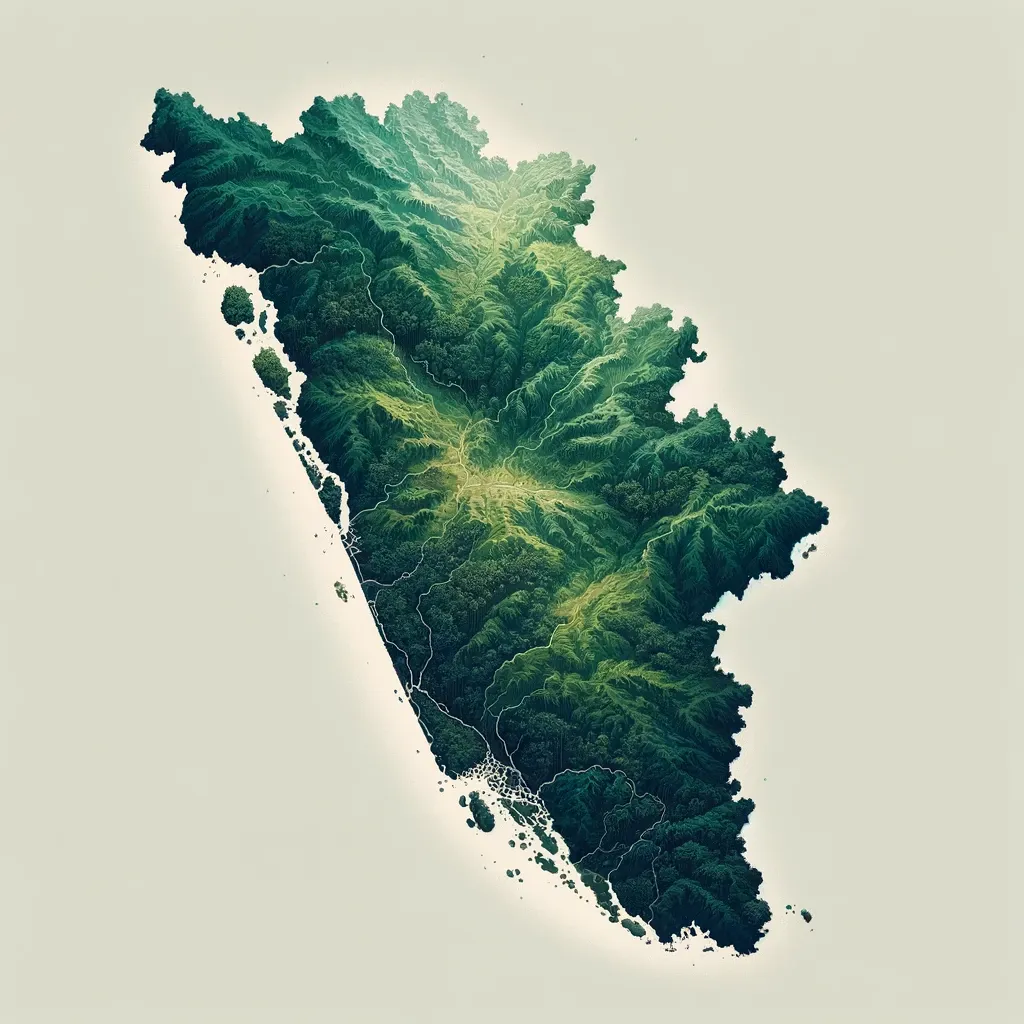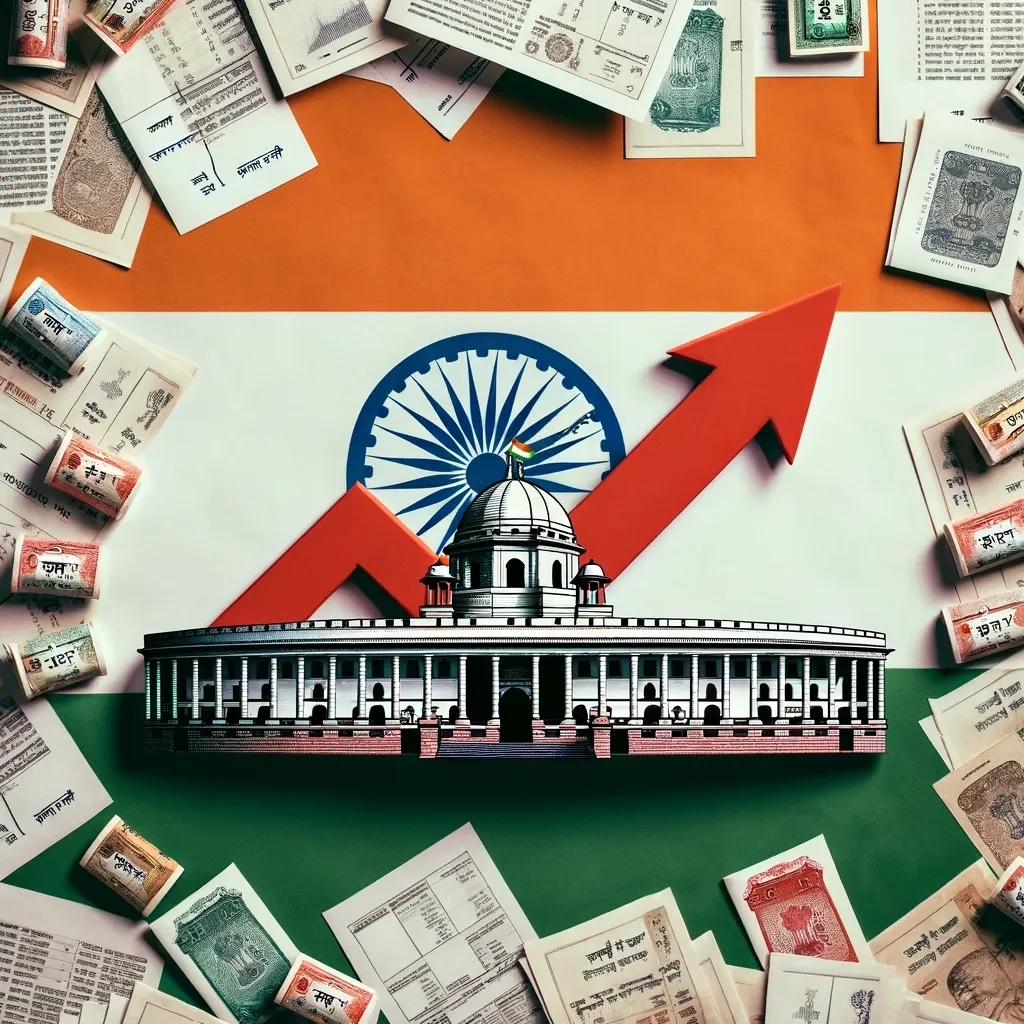When we talk about water in India, the conversation often gravitates to scarcity, disputes, and the overburdened monsoon. Yet, beneath the headlines, there’s a quieter revolution in water governance that is beginning to redraw the boundaries of how this essential resource is managed and shared. Recent policies aren’t just tweaking at the edges; they’re reimagining the way water flows through our farms, cities, and industries, often in ways that surprise even the most seasoned observers.
Consider the ambitious river interlinking projects, which stand among the most audacious attempts to rewrite India’s hydro-geography. These projects aim to transfer surplus water from flood-prone rivers to basins that are parched. At first glance, it may seem like an engineering marvel destined to eradicate droughts and floods in one bold stroke. But delve deeper, and the picture becomes nuanced. The impact on water availability is complex: while interlinking boosts irrigation potential and secures drinking water for millions, it also raises pressing questions. What happens to local ecosystems when a river’s natural course is altered? Will downstream communities lose out as water is diverted upstream? Are we exchanging one set of vulnerabilities for another?
I often reflect on a line from Heraclitus:
“No man ever steps in the same river twice, for it’s not the same river and he’s not the same man.”
Policies that move rivers are, in effect, moving people and cultures, reshaping relationships between communities and the water that sustains them. The challenge is not just technical, but social—requiring ongoing, transparent dialogue and adaptive management as the hydrological and social ramifications play out over decades.
Turn now to what lies beneath our feet: groundwater. For generations, Indian farmers drew freely from aquifers, helped along by subsidized electricity and the ‘green revolution’ zeal for maximum yields. The result? Aquifers in many parts of India are now overdrawn, threatening future water security. Responding to this, the government’s recent push for a robust groundwater regulation framework, supported by satellite-enabled aquifer mapping initiatives, marks a shift toward knowledge-driven stewardship. These mapping projects are not mere exercises in data collection; they are lighting up the mysterious contours of underground water, showing which areas can sustain extraction—and which must rest.
But regulation is only half the story. What happens when you show a village their groundwater map, highlighting a red zone of depletion? Will local users rally to change their practices, or will they resist what they see as another layer of bureaucracy? These policies are betting on engagement and awareness, rather than top-down rationing alone. Early signs suggest that, when communities understand the stakes and have reliable information, they become unexpected champions of conservation. Yet, there’s a long way to go before this approach achieves the scale needed to turn the tide nationwide.
Urban India, meanwhile, is waking up to its own crisis. Our cities are notorious for leaky pipes, erratic supply, and a tendency to underprice water. Enter reforms in urban water pricing—specifically, a move toward consumption-based billing. On paper, it’s an elegant solution: bill people for what they use, and they’ll waste less. But nothing in India is ever that simple. Who decides what is ‘fair’ pricing for slum residents versus plush apartment dwellers? How do utilities ensure that billing reforms don’t exclude the poorest? Some cities are experimenting boldly—using tiered tariffs, prepaid metering, and even digital nudges to drive down consumption. Anecdotes abound of middle-class households installing water-saving fixtures or recycling greywater to trim bills. Still, water affordability and inclusivity remain live debates. The success of these reforms will hinge not just on economic calculations but on empathetic, transparent governance that recognizes water as a basic right as much as an economic good.
The countryside reveals a parallel experiment in democratization: participatory irrigation management through Water User Associations (WUAs). Rather than leaving canal management to distant bureaucracies, WUAs give local farmers a direct stake in how water is distributed, maintained, and paid for. This isn’t just grassroots democracy for its own sake; studies show that WUAs can lift agricultural productivity, reduce conflicts, and even lower the cost of irrigation. Why does this work? Perhaps because—unlike top-down schemes—WUAs harness local knowledge, peer pressure, and shared incentives. When the group decides how to share water, members are more likely to stick to the rules and pitch in for repairs.
Of course, reality is messier than theory. Not all WUAs function smoothly; sometimes, entrenched interests or social hierarchies skew access. And yet, across Andhra Pradesh, Maharashtra, and Gujarat, pockets of success are demonstrating that with the right support, participatory management is more than a slogan—it’s a pathway to building local resilience.
This all brings me to a question I often ask myself:
How do we balance the needs of today—be they agricultural, industrial, or urban—with the shadow of tomorrow’s scarcity?
The answer, or at least part of it, might be found in the city’s most unlikely resource: wastewater. For a long time, the phrase ‘wastewater treatment’ conjured up images of unpleasant sludge and neglected infrastructure. Now, forward-looking partnerships between the public and private sectors are reframing this challenge as an opportunity. Across Indian metropolises, treated wastewater is being put to new use—watering parks, powering industry, and even recharging aquifers. These collaborations bring in new technologies and financing, helping cities leapfrog over obsolete models. Critics worry about profit motives and regulation, but the upside is clear: every drop reused is a drop saved—and in India, every drop counts.
What I find most heartening about these policy shifts is their willingness to embrace experimentation. The old, one-size-fits-all answers are giving way to dynamic, adaptive management. Whether it’s harnessing satellite data to guide groundwater decisions, using behavioral economics to nudge urban water conservation, or rewriting regulatory codes to permit treated wastewater for non-potable uses, each policy is a wager on a more resilient future.
Still, all reforms exist within a thicket of competing interests and priorities. Farmers worry about their livelihoods, industries lobby for their share, and the urban poor fear exclusion. Implementation often runs up against institutional inertia, lack of capacity, or—let’s be honest—plain old political calculation.
As Jawaharlal Nehru once said:
“The future belongs to science and those who make friends with science.”
The real test for India’s water governance is whether these recent policies can foster enduring friendships—not just with new technologies or scientific insights, but between the people who depend on water in countless, sometimes conflicting, ways.
So the question returns to you:
If you lived in a water-stressed city or farmed land dependent on a fickle canal, would you embrace reuse, consent to new pricing, or join a water user group? How would you weigh tradition against necessity, and today’s need against tomorrow’s?
These new policies are not blueprints set in stone; they are living frameworks, shaped and reshaped by the people and places they touch. Their greatest promise lies not in imposing order, but in enabling millions—farmers, city-dwellers, industrialists—to become stewards, not just users, of India’s most vital resource.
What this moment asks of us is humility: an acceptance that water will always elude complete control, and wisdom lies in managing its movement with care, foresight, and cooperation. There are bound to be setbacks, disagreements, and course corrections. But if recent experience is any guide, the future of India’s water management will be written not just in policy documents, but in the daily choices, negotiations, and innovations that play out from the smallest wells to the vastest rivers.
In the words of Leonardo da Vinci:
“Water is the driving force of all nature.”
How we govern it—collectively, adaptively, and with an eye on generations yet to come—may well decide the course of India’s next century. What choices will you make the next time you turn on the tap, watch a field irrigated, or see a river in spate or in drought? If these policies are to work, the answer may matter more than you think.






